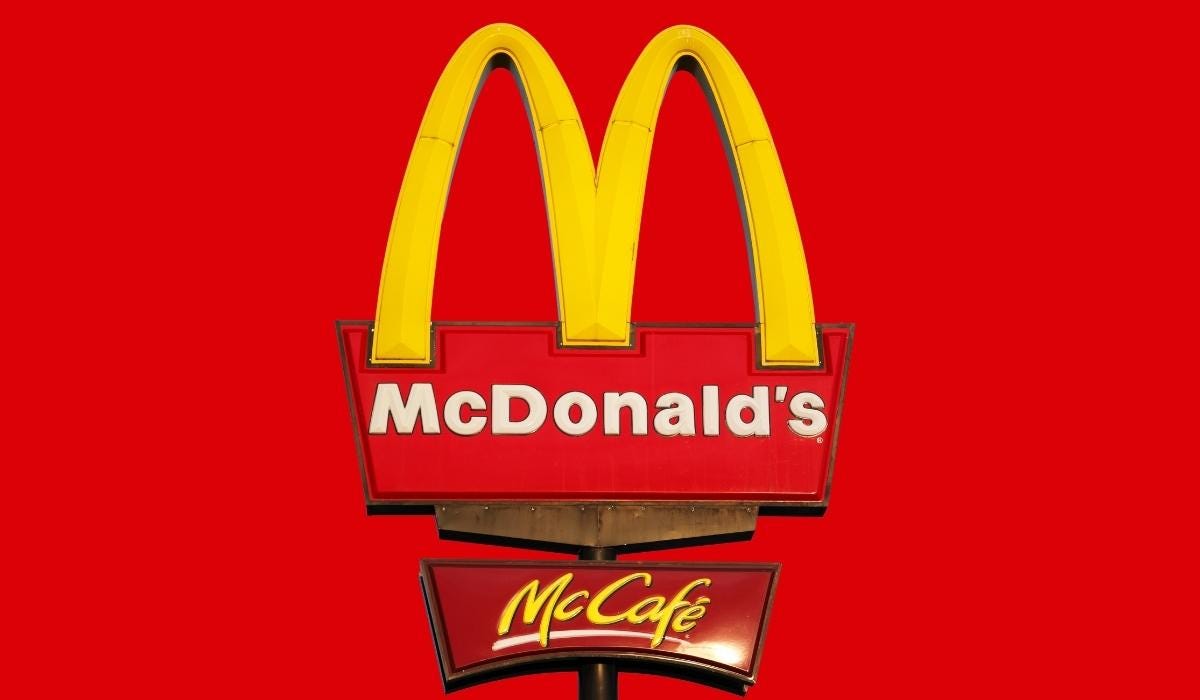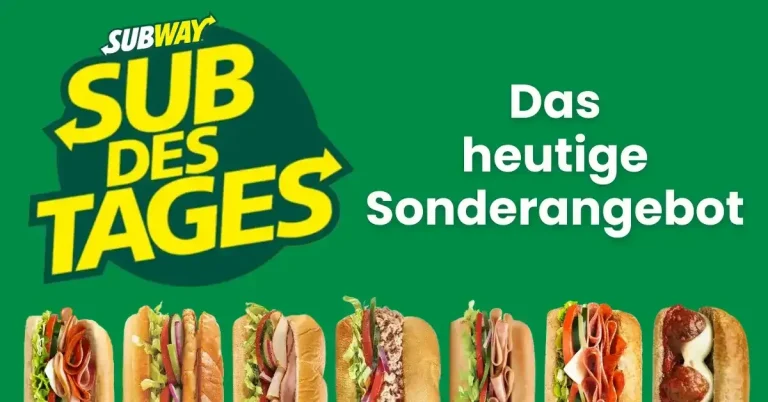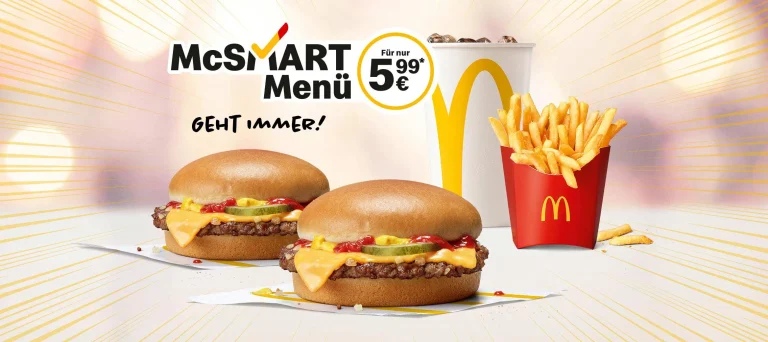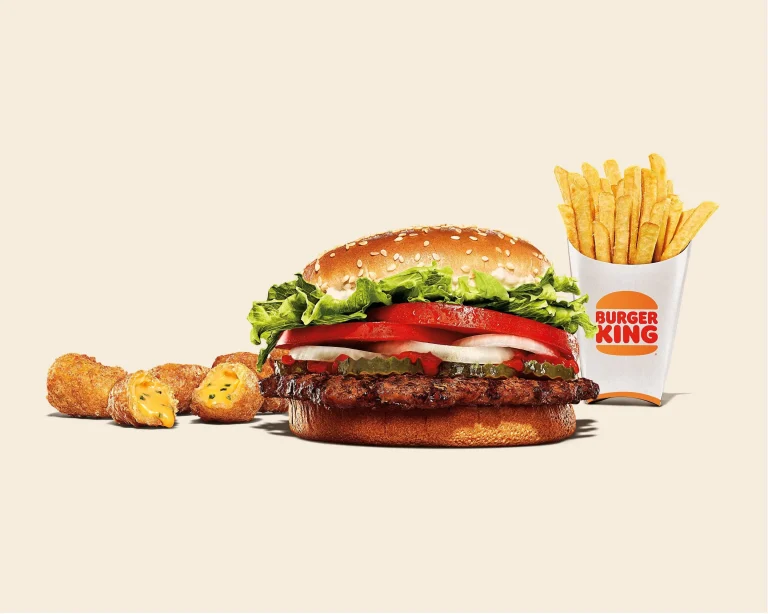What Is McDonalds? A Historical Overview of the Fast Food Giant!
Are You Curious To Know What Is McDonalds? McDonald’s, one of the most recognizable names in the fast food industry, has a rich history that spans over eight decades. Founded in 1940 by Richard and Maurice McDonald in San Bernardino, California, the chain began as a simple hamburger stand, evolving into a global franchise powerhouse. The introduction of the „Speedee Service System“ in 1948 revolutionized how food was served, laying the groundwork for modern fast food.
By the 1960s, under Ray Kroc’s leadership, McDonald’s expanded rapidly, becoming synonymous with quick service and consistent quality. Today, McDonald’s operates over 40,000 locations worldwide, serving millions of customers daily. This blog post delves into the historical milestones that have shaped McDonald’s into the iconic brand it is today.
Table of Contents
The Founding of McDonald’s
| Year | Event | Details |
| 1940 | Founding of McDonald’s | Richard and Maurice McDonald opened their first restaurant in San Bernardino, California. |
| 1948 | Introduction of the „Speedee Service System“ | This system streamlined kitchen operations, emphasizing efficiency and consistency, crucial for modern fast food. |
| Limited Menu | The brothers focused on hamburgers, fries, and beverages to ensure quick service. | |
| 1955 | Ray Kroc joins as franchise agent | Kroc’s vision was key to expanding McDonald’s, transforming the concept into a franchise model. |
| Foundation of a Global Empire | Kroc laid the groundwork for McDonald’s to become a fast-food giant, building on its humble beginnings and innovative spirit. |
The Rise of Ray Kroc and the Franchise Model

Ray Kroc joined McDonald’s in 1955 as a franchise agent. He quickly recognized the potential for national expansion. Under his leadership, the McDonald’s franchise opened in Des Plaines, Illinois. Kroc’s innovative vision and relentless drive were crucial. He emphasized consistency and quality across all locations. This approach ensured a uniform dining experience. The iconic Golden Arches became synonymous with reliable, fast food.
Kroc’s business model focused on rapid growth. By 1959, there were 100 McDonald’s restaurants. Kroc’s efforts culminated in the purchase of the McDonald brothers‘ equity in 1961, solidifying his control over the company. Kroc’s aggressive expansion strategy paid off. McDonald’s transformed into a global powerhouse. His franchise model revolutionized the fast food industry, setting new standards for efficiency and uniformity.
Iconic Symbols: Speedee, Golden Arches, and Ronald McDonald
| Symbol | Description | Significance |
| Speedee | The first mascot, depicted as a hamburger-headed chef. | Represented quick service and was the brand’s initial symbol. |
| Golden Arches | Introduced in 1962, these arches formed an „M“ shape and replaced Speedee. | Became an enduring and globally recognizable symbol of the brand, representing fast food. |
| Ronald McDonald | Debuted in 1963, this clown mascot was aimed at a younger audience and quickly became a beloved character. | Embodies fun and friendliness, engaging families and reinforcing the brand’s appeal to children. |
| Transition | The shift from Speedee to the Golden Arches and Ronald McDonald marked a strategic evolution in branding. | Each symbol played a unique role in marketing and brand recognition, reflecting changes in audience targeting and brand identity. |
| Collective Impact | The symbols collectively reinforced McDonald’s identity and brand loyalty. | The Golden Arches stand as a universal fast food icon, while Ronald McDonald continues to engage and connect with families, enhancing overall brand loyalty. |
McDonald’s Menu Evolution and Popular Items
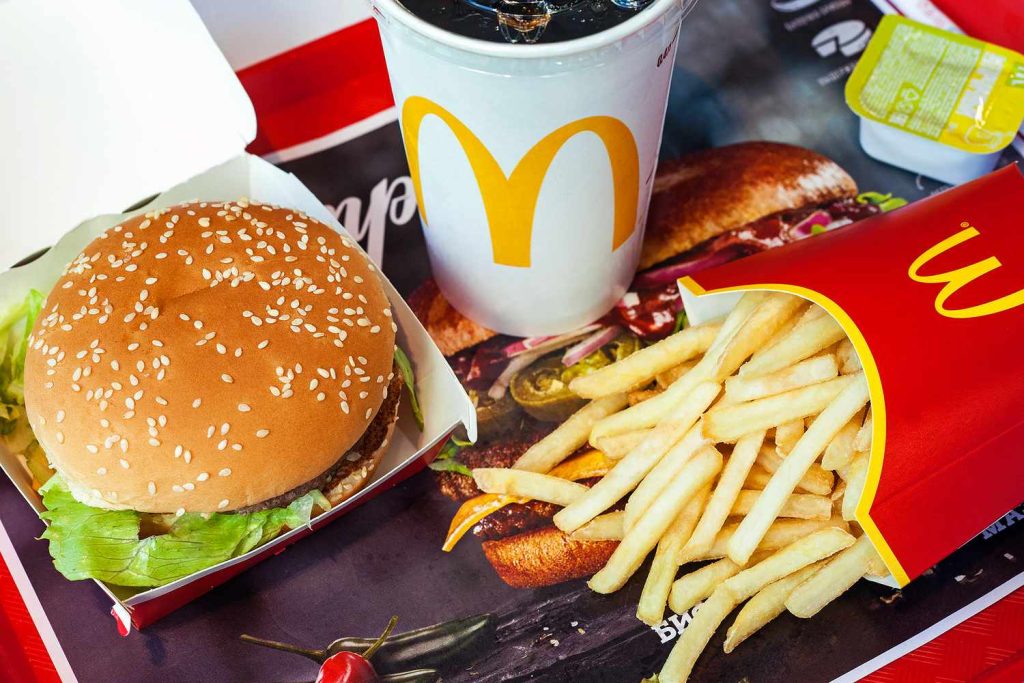
| Aspect | Details |
| Initial Offerings | Hamburgers, fries, and beverages |
| Key Introductions | Big Mac, Quarter Pounder, Egg McMuffin |
| Notable Additions | Chicken McNuggets (early ’80s), McRib, Shamrock Shake (seasonal items) |
| Regional Specialties | McRice (Asia), Tzatziki-topped burgers (Greece) |
| Healthier Options | Salads, fruit |
| Recent Additions | McPlant burger (plant-based offering) |
| Overall Evolution | Reflects consumer preferences, adaptability, and innovation, maintaining status as a fast food staple |
McDonald’s as a Real Estate Giant
McDonald’s isn’t just a fast-food titan; it’s a real estate powerhouse. Owning around 70% of its restaurant buildings and 45% of the underlying land, McDonald’s profits significantly from rent and lease agreements. This strategy offers the company a steady income stream beyond food sales. Franchisees pay McDonald’s rent, royalties, and fees, ensuring financial stability. The company meticulously selects prime locations, boosting both visibility and revenue.
McDonald’s real estate ventures have helped it maintain market dominance. This approach also reduces risk, diversifying its revenue sources. McDonald’s leverages its vast property holdings to reinforce its business model. This unique strategy sets McDonald’s apart, making it a multifaceted business entity. The combination of food and real estate fortifies its global influence and financial health.
Global Expansion and Cultural Impact
| Aspect | Details |
| Initial Expansion | Began in the 1970s and 1980s, with the first international location opened in Canada in 1967. |
| International Markets | Expanded into markets like Japan, Germany, and Australia. |
| Adaptability | Local menu adaptations to cater to regional tastes: |
| – India: McAloo Tikki for vegetarian preferences. | |
| – Japan: Teriyaki Burger as a popular choice. | |
| Cultural Impact | Symbolized globalization and American culture, influencing food habits worldwide. |
| Global Presence | Operates in over 100 countries with unique menu adaptations reflecting local flavors. |
| Pop Culture Influence | Featured in movies, TV shows, and art, underscoring its impact on contemporary culture. |
| Brand Identity | Maintains core identity while resonating with diverse cultures globally. |
Criticisms and Controversies
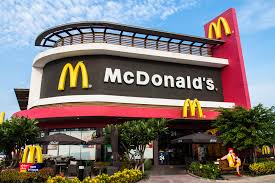
McDonald’s has faced numerous criticisms and controversies over the years. Health advocates criticize its menu for contributing to obesity: the high-calorie content and low nutritional value spark concerns. Labor practices have also come under scrutiny. Employees allege poor working conditions and low wages.
Legal battles have further tarnished the company’s image. High-profile lawsuits include accusations of misleading advertising. Environmentalists question its sustainability efforts, citing waste and resource use. Additionally, the company’s aggressive marketing to children raises ethical questions.
Animal rights activists protest its sourcing practices. Despite these issues, McDonald’s continues to make efforts to address some concerns. However, public debate around its business practices persists. The company’s influence on global eating habits and culture remains contentious.
Adaptations to Consumer Preferences and Health Trends
| Aspect | Details |
| Menu Adjustments | Introduced salads, fruit, and oatmeal to appeal to health-conscious diners. |
| Healthier Ingredients | Removed artificial preservatives and high-fructose corn syrup. |
| Lower-Calorie Options | Offered items like grilled chicken sandwiches. |
| Plant-Based Options | Launched the McPlant burger to cater to the demand for plant-based foods. |
| Seasonal Favorites | Introduced items like the Shamrock Shake for nostalgic excitement. |
| Technology Advancements | Enhanced convenience through app-based ordering. |
| All-Day Breakfast | Made breakfast items available all day to cater to diverse schedules. |
| Continuous Innovation | Innovates to meet dietary needs and preferences, reflecting a commitment to relevance. |
| Balance in Offerings | Strives to balance indulgence with healthier choices to appeal to a broad audience. |
Regional Menu Variations and Local Adaptations
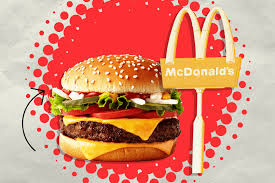
| Region | Menu Item | Description |
| Thailand | Samurai Pork Burger | A pork burger catering to local tastes. |
| Japan | Ebi (Prawn) Burger | Features prawns as a key ingredient. |
| India | McAloo Tikki | A vegetarian burger made with potatoes. |
| Maharaja Mac | An Indian twist on the classic Big Mac. | |
| Germany | Beer | Offered alongside meals, reflecting local culture. |
| Greece | Greek Mac | Includes Tzatziki sauce, inspired by local cuisine. |
| New Zealand | Meat Pies | A nod to traditional local favorites. |
| Indonesia | McRice | Rice offerings that align with local preferences. |
| China | Fried Buns for Breakfast | A breakfast option reflecting regional tastes. |
The Role of Technology in McDonald’s Operations
| Technology | Description | Benefits |
| Digital Kiosks | Streamline ordering processes. | Reduces wait times; enhances customer experience. |
| Mobile Apps | Facilitate convenient, contactless transactions. | Provides ease of ordering and payment options. |
| Data Analytics | Track consumer preferences for tailored promotions and menu items. | Improves marketing effectiveness. |
| Automated Fryers and Grills | Enhance kitchen efficiency with consistent cooking quality. | Increases speed and reliability in food preparation. |
| Self-Service Soda Fountains | Allow customers to serve themselves. | Reduces staff workload; enables focus on other tasks. |
| GPS-Enabled Delivery Systems | Optimize route planning for delivery. | Ensures fast and accurate deliveries. |
| Loyalty Programs | Reward frequent customers through the mobile app. | Encourages repeat business and customer retention. |
| Advanced Drive-Thru Systems | Speed up order processing at drive-thrus. | Enhances customer experience and service speed. |
| AI for Voice-Activated Orders | Explore the use of artificial intelligence in ordering. | Innovates customer interaction and convenience. |
McDonald’s Corporate Social Responsibility Initiatives
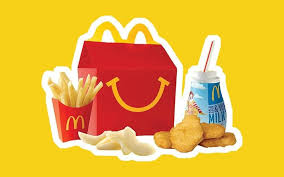
McDonald’s takes its corporate social responsibility seriously. They focus on sustainability and sourcing ingredients ethically. Transitioning to cage-free eggs, they aim for better animal welfare. Their packaging is moving toward 100% recyclable materials by 2025. Additionally, McDonald’s invests in renewable energy to reduce its carbon footprint.
Community involvement is another critical area. Through the Ronald McDonald House Charities, they support families with sick children. They also engage in local community projects and educational programs. Reducing food waste is a priority, as well as collaborating with food banks globally. Diversity and inclusion initiatives ensure equitable workplace practices.
Employee training programs focus on career development and fair treatment. McDonald’s strives to create a positive impact by addressing environmental and social issues. Their efforts reflect a commitment to responsible business practices.
The Future of McDonald’s
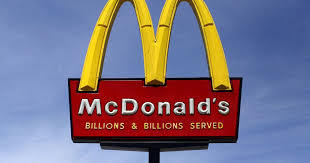
The future of McDonald’s is marked by innovation and adaptation. As consumer preferences shift, the company is poised to meet new demands. Plant-based menu items like the McPlant will likely expand. Technology will continue to play a pivotal role. Expect more advancements in app-based ordering and AI-driven customer service.
Sustainability initiatives will also be a focus. McDonald’s aims to achieve zero waste in packaging and improve energy efficiency. The company will likely explore more regional flavors to cater to diverse markets. Health-conscious menu options will expand, offering more nutritious choices. Partnerships with tech firms could lead to new, exciting innovations. McDonald’s will likely balance tradition with modern trends. Embracing change while maintaining core values, McDonald’s is set to thrive in an evolving landscape.
Frequently Asked Questions
What is McDonald’s best-selling item?
McDonald’s best-selling item is their French fries, followed closely by the Big Mac. These items have become iconic staples on their menu, beloved by customers worldwide.
How did McDonald’s start?
McDonald’s started as a small drive-in restaurant in San Bernardino, California 1940. It was founded by siblings Richard and Maurice McDonald, who introduced the „Speedee Service System“ in 1948, revolutionizing fast food.
What are some of McDonald’s global menu adaptations?
McDonald’s adapts its menu to local tastes, such as the McAloo Tikki in India and the Teriyaki Burger in Japan. These adaptations help the brand resonate with diverse cultural preferences.
What initiatives does McDonald’s have for sustainability?
McDonald’s focuses on sourcing ingredients ethically and transitioning to 100% recyclable packaging by 2025. They also invest in renewable energy and aim to reduce their carbon footprint significantly.
Conclusion
McDonald’s journey from a small drive-in to a global powerhouse is remarkable. This fast-food giant has continuously adapted to changing times, incorporating technology and regional tastes. It’s more than just burgers and fries; McDonald’s has innovated its menu to include healthier and plant-based alternatives. The brand’s real estate strategy, contributing significantly to its financial stability, sets it apart in the industry.
Despite criticisms, McDonald’s strives to address concerns, focusing on sustainability and community involvement. The company is poised for further innovation and growth as it moves forward. With a commitment to balancing tradition and modern trends, McDonald’s remains dominant in the fast food industry. The future holds exciting possibilities for this iconic brand, ensuring it stays relevant and beloved worldwide.
